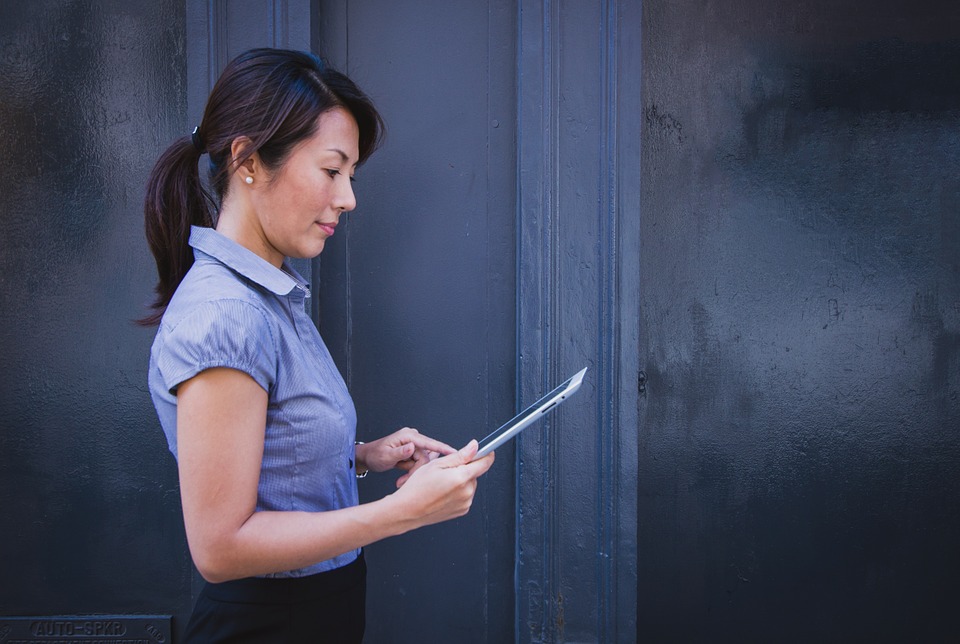By
Alibaba is often referred to as the ‘Amazon of China’ because of its growth trajectory being nearly identical to that of Amazon. Both companies started off as e-commerce platforms, but over the years evolved into much more diversified companies with a significant focus on technology. But are their business models really similar to each other?
Trefis attempts to answer this question by comparing the various revenue streams for Alibaba vs Amazon in an interactive dashboard. While Amazon is the larger of the two companies by a significant margin, both companies have quite similar revenue streams.
- When comparing Commerce as well as Cloud revenues, Amazon’s revenues are nearly 15x that of Alibaba’s.
- However, Alibaba’s advertising revenues are quite comparable to that of Amazon’s.
- The gap between Subscription Revenues for both companies is likely to continue expanding on the back of Amazon’s wider and more local focused reach.
- Despite the law of large numbers being against Amazon, the U.S. company’s reach is likely to remain an order of magnitude higher than that for the Chinese giant.
- That said, a side-by-side comparison of the two companies shows that Alibaba’s title of ‘Amazon of China’ really does fit.
You can see more Trefis technology company data here.
Trefis
PROMOTED
A Detailed Comparison Of Historical & Expected Trends In Revenues For Both Companies
Total Revenues
Amazon revenues:
- 2016 revenue $136 bn; 2018 revenue $232.9 bn; 2016-18 growth of 71.3%.
- 2020E revenue of $350.2 bn; 2018-20E growth of 50.4%.
Alibaba revenues:
- 2016 revenue $9.4 bn; 2018 revenue $23.2 bn; 2016-18 growth of 146.1%.
- 2020E revenue of $41.7 bn; 2018-20E growth of 79.9%.
Ratio of Amazon’s to Alibaba’s total revenues had reached from 14.5x in 2016 to 10.1x in 2018. Considering 2018-20E growth of 50.4% in Amazon’s total revenues versus expectations of 79.9% for Alibaba’s total revenues, we expect the ratio of revenues to narrow further to 8.4x by 2020.
Below, we summarize key trends from our detailed interactive dashboard comparing revenue streams for Alibaba vs Amazon
Commerce revenue
Ratio of Amazon’s to Alibaba’s commerce revenues have fallen from 33.6x in 2016 to 17.3x in 2018. Considering 2018-20E growth of 39.8% in Amazon’s commerce revenues versus expectations of 97.2% for Alibaba’scommerce revenues, we expect the ratio of revenues to shrink further to 12.2x by 2020.
Cloud revenue
Ratio of Amazon’s to Alibaba’s cloud revenues had reached from 32.6x in 2016 to 17.5x in 2018. Considering 2018-20E growth of 75.5% in Amazon’s cloud revenues versus expectations of 145.8% for Alibaba’s cloud revenues, we expect the ratio of revenues to reach 12.5x.
Advertising revenue
Notably, Alibaba’s advertising revenues have been larger than Amazon’s over 2016-17. But the ratio of Amazon’s to Alibaba’s advertising revenues flipped from 0.6x in 2016 to 1.1x in 2018. Given Amazon’s push into advertising over recent years, we expect the ratio of revenues to reach 1.7x by 2020 in Amazon’s favor.
Subscription revenue
Ratio of Amazon’s to Alibaba’s subscription revenues had reached from 6.6x in 2016 to 7.7x in 2018. Considering 2018-20E growth of 80.3% in Amazon’s subscription revenues (driven by the geographical expansion in Amazon Prime video offerings) versus expectations of 60.4% for Alibaba’s subscription revenues, we expect the ratio of revenues to reach 8.7x.
What’s behind Trefis? See How It’s Powering New Collaboration and What-Ifs
Feature Image Credit: The Alibaba Group Holdings Ltd. logo is displayed outside the company’s offices in Beijing, China





